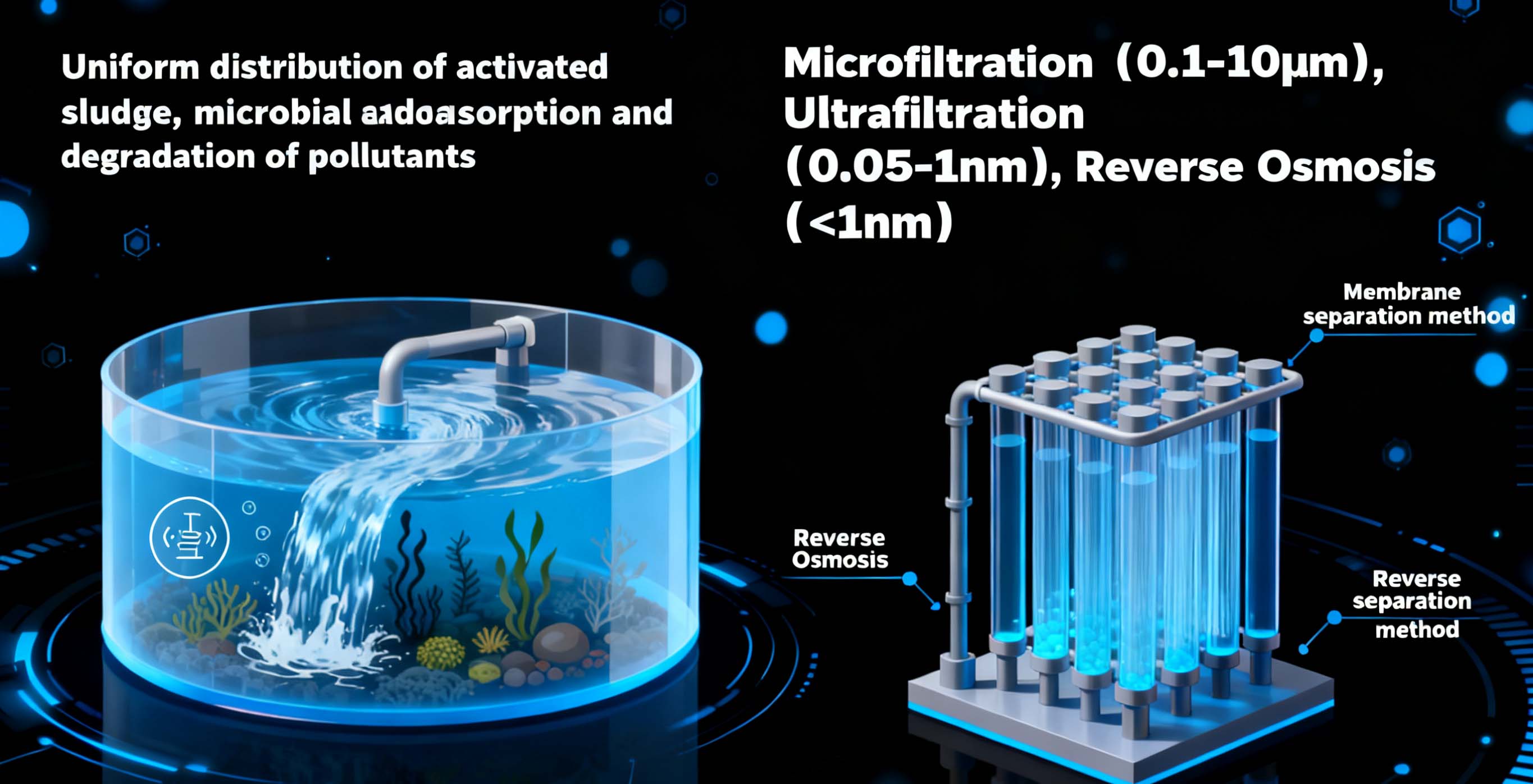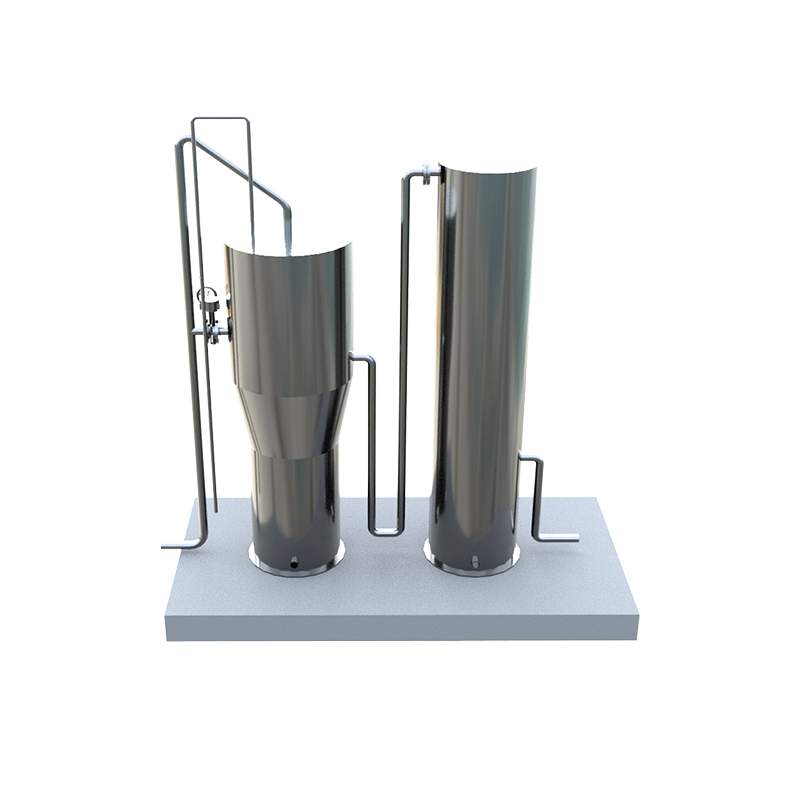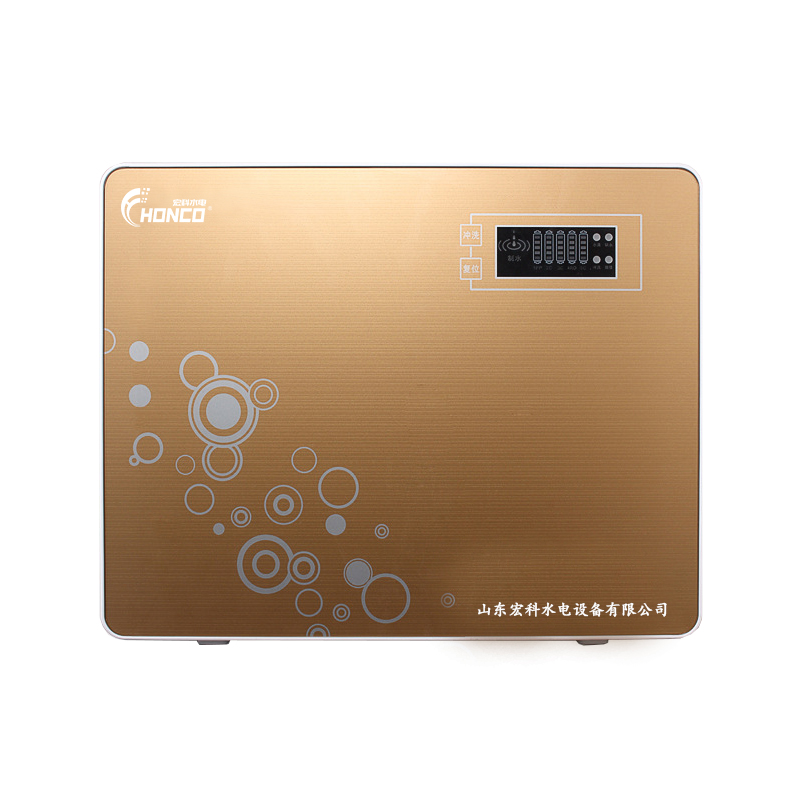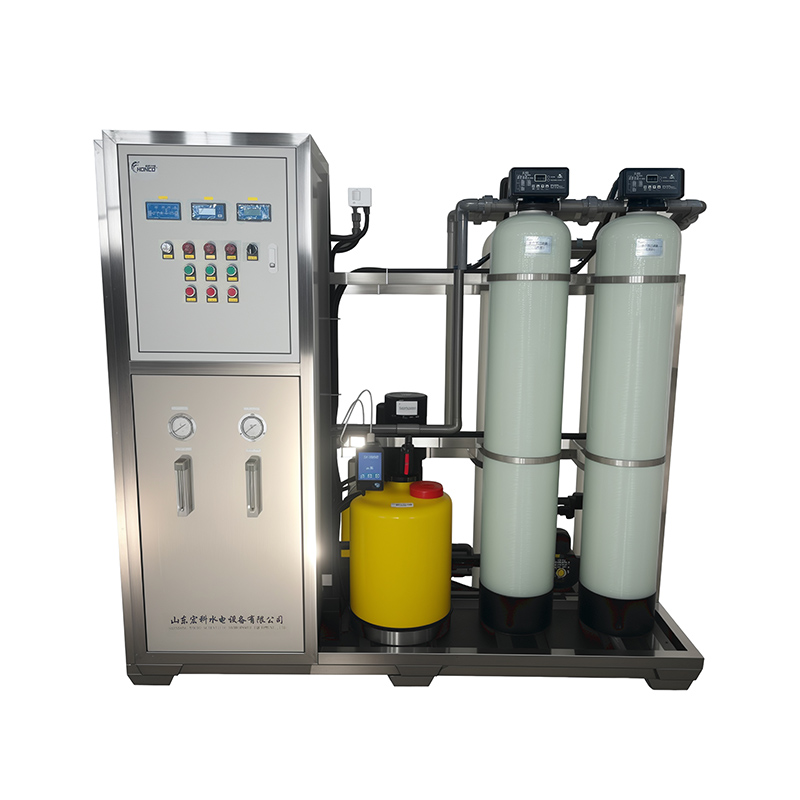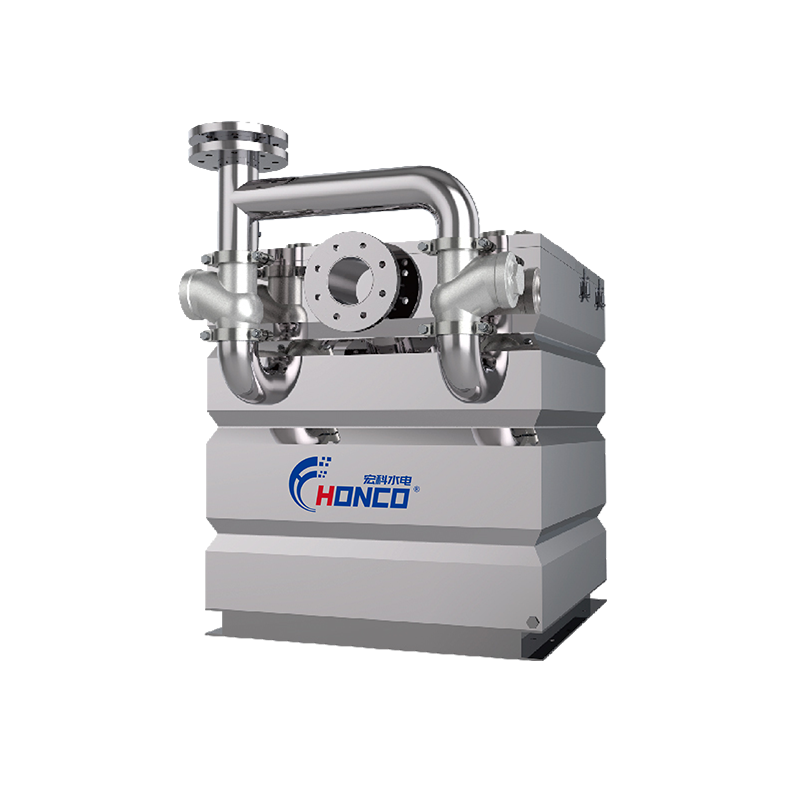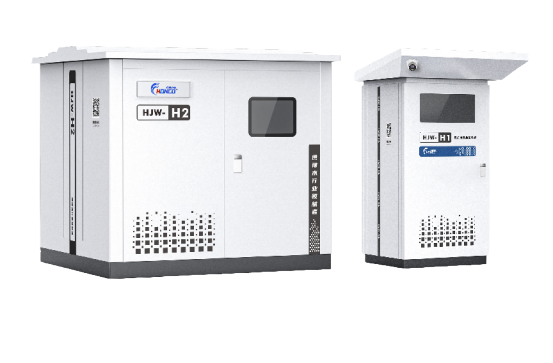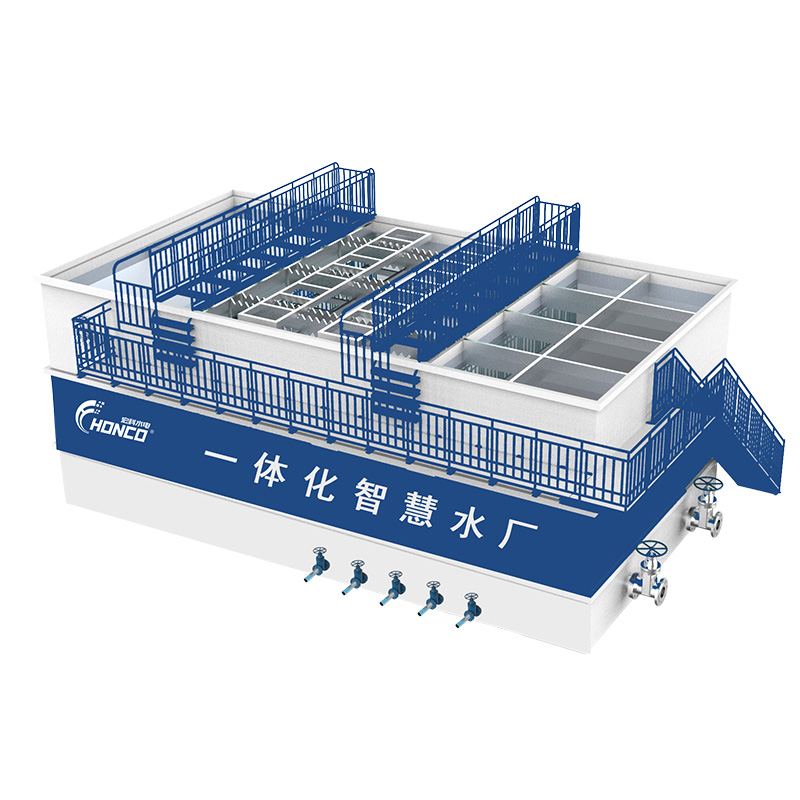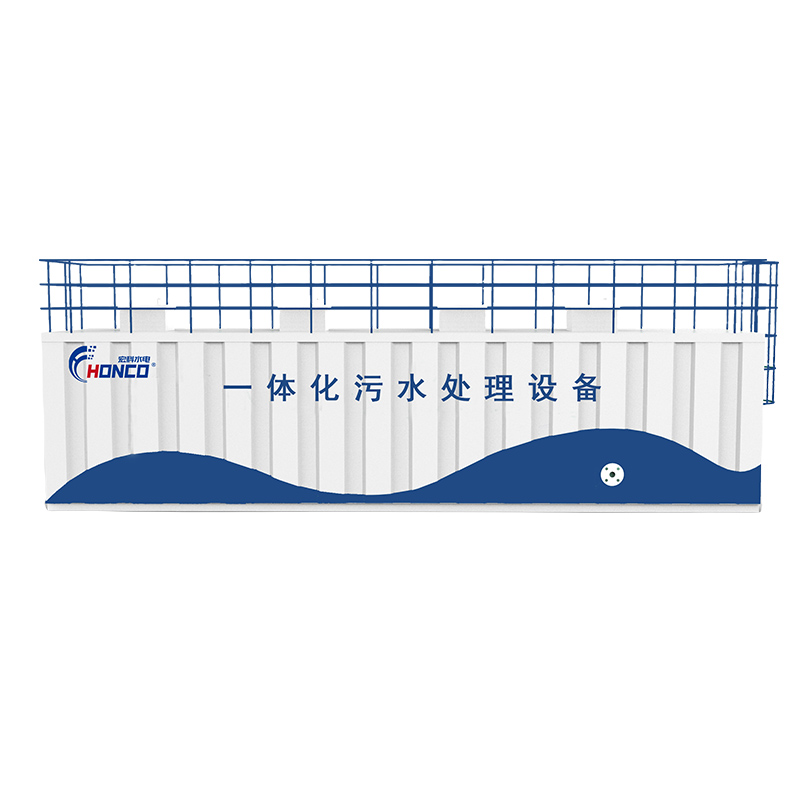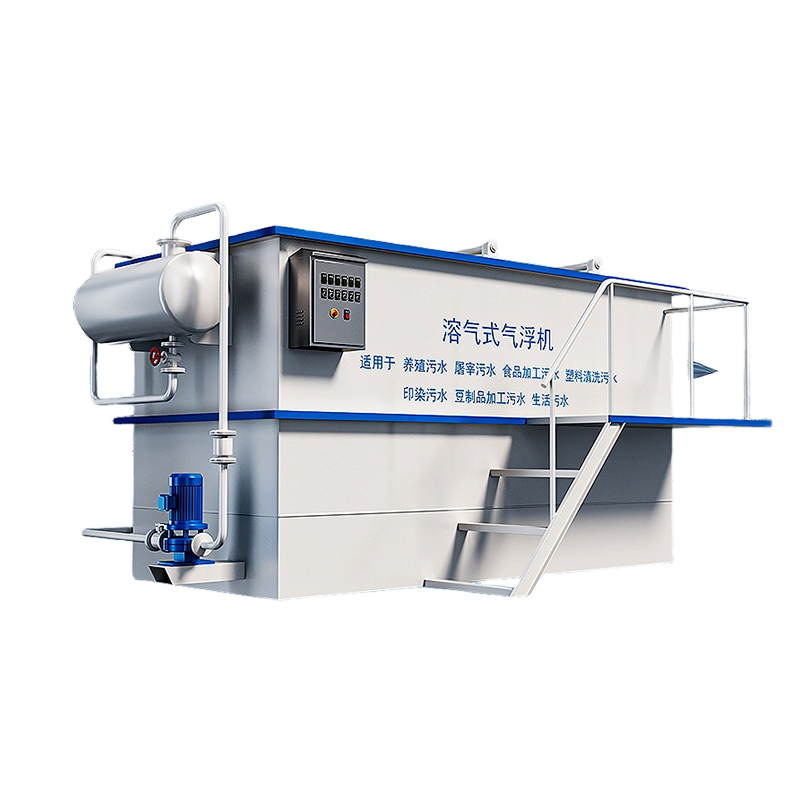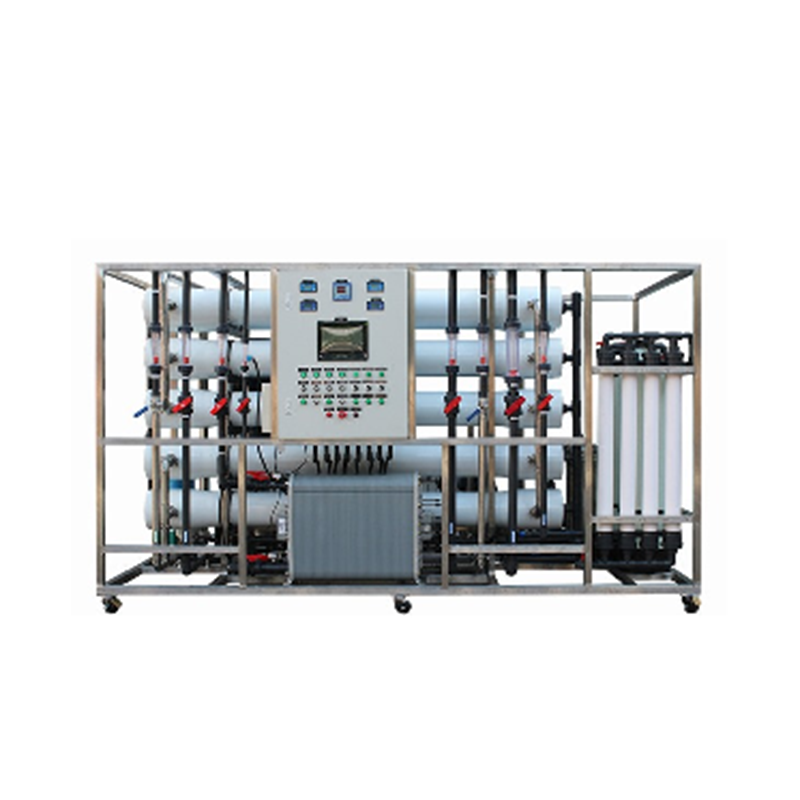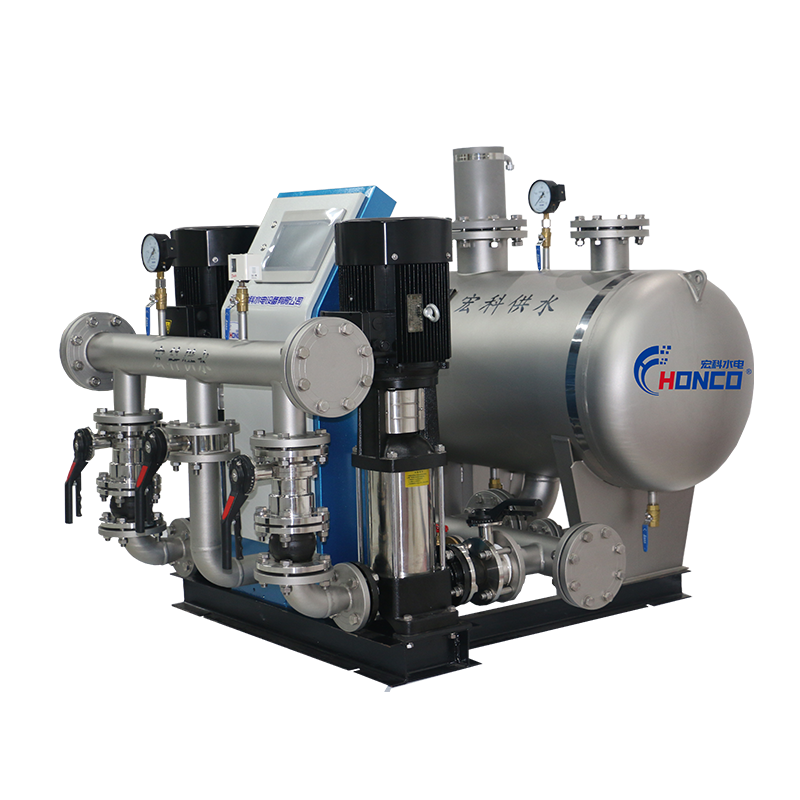Water, as the source of life, nurtures all things in the universe. However, with the rapid development of industry, oily wastewater has not been effectively treated and is discharged into water bodies, causing pollution. Its sources mainly include the following aspects: oil extraction, oil processing, refining, storage and transportation in the petroleum industry; oily wastewater discharged from car washing, oil tank cleaning in railway depots and other processes; rolled steel water and wastewater mainly containing emulsified oil (such as lubricating oil) generated in the mechanical manufacturing and processing process. In addition, wastewater from the catering industry, textile industry, food processing industry and other manufacturing industries also contains a large amount of oil.
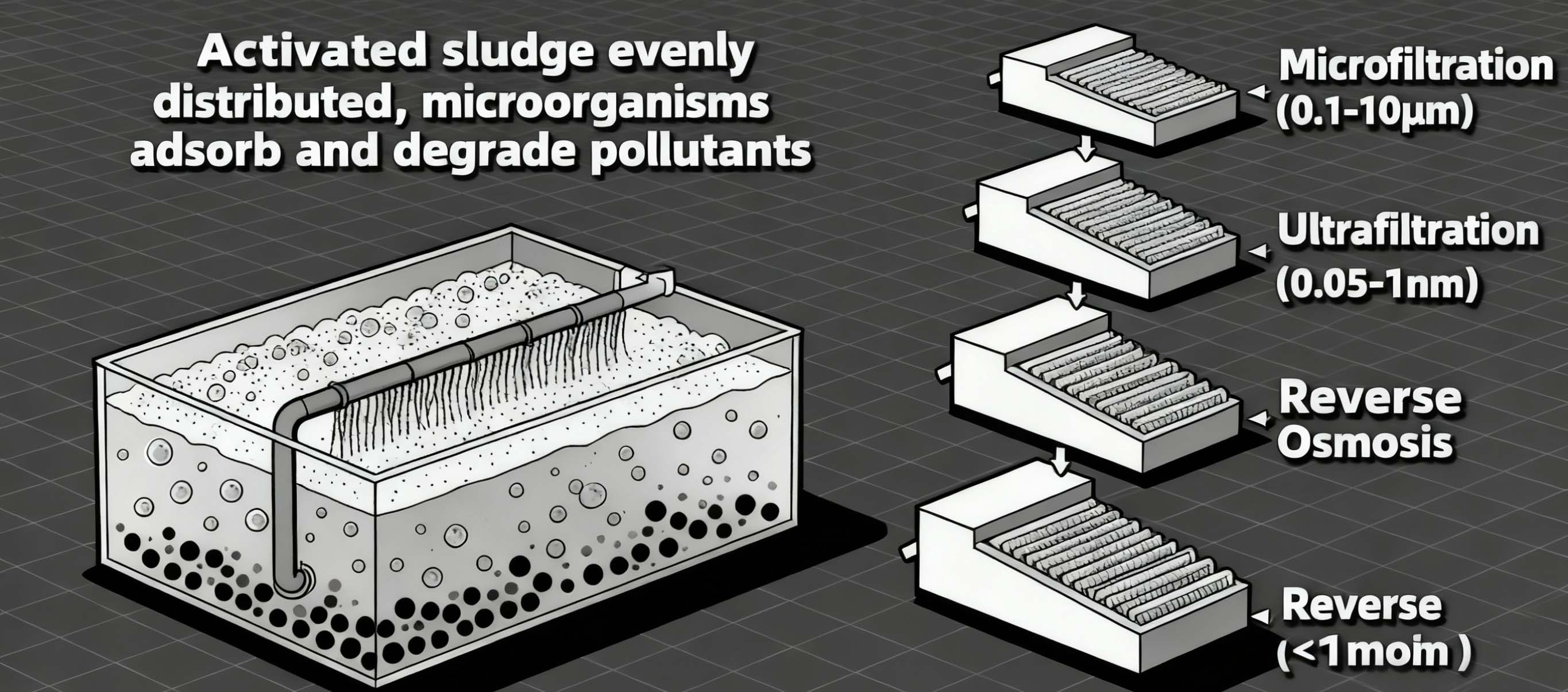
Hazards of Oily Wastewater
(1) Floating oil easily spreads into an oil film on the water surface, which reduces the dissolved oxygen in the water body, causes a foul odor, and leads to the death of aquatic plants and animals.
(2) There are many toxic substances (such as benzopyrene, benzanthracene and other polycyclic aromatic hydrocarbons) in oil and its decomposition products. These substances are ingested, absorbed and enriched by aquatic organisms in the water body, causing abnormalities in aquatic organisms.
(3) Oil floats on the water surface in the form of an oil film, with a large surface area. Under the influence of various natural factors, some of its components and decomposition products volatilize into the atmosphere, polluting and poisoning the atmosphere above and around the water body.
(4) Due to ship navigation, water flow, heavy rain and other factors, the oil in oily wastewater and oil-polluted water areas is transferred to unpolluted water areas, causing larger-scale pollution and threatening drinking water sources. In addition, due to seepage, oily wastewater may also affect the quality of groundwater.
Existing Forms
(1) Floating oil: It floats on the water surface to form an oil film. The particle size of oil droplets is generally larger than 100 μm, and it is easy to separate from wastewater. In petroleum wastewater, floating oil accounts for 60% - 80% of the total oil quantity.
(2) Dispersed oil: It is suspended in water. The particle size of oil droplets is between 10 - 100 μm. It is unstable and often forms floating oil after standing for a period of time.
(3) Emulsified oil: It presents an emulsified state in water. The particle size of oil droplets is less than 10 μm, most of which are 0.1 - 2 μm, and it is not easy to separate from wastewater.
(4) Dissolved oil: The particle size of oil is smaller than that of emulsified oil, and some can be as small as several nanometers. It is oil particles dissolved in water.
Treatment Methods
For the treatment of oily industrial wastewater, research institutions at home and abroad have been conducting in-depth research and discussion. To sum up, its technical route not only removes a large amount of oil from water, but also takes into account the removal of organic matter, suspended solids, soaps, acids and alkalis, sulfides, ammonia nitrogen, etc. Therefore, its treatment methods are generally physical methods, chemical methods and biological methods. The air flotation method for removing suspended emulsified oil from water has been widely used in various countries. At the same time, combined with biological methods, the oil content in water can be reduced to 10 - 20 mg/L, and the organic matter can reach the allowable discharge level.
